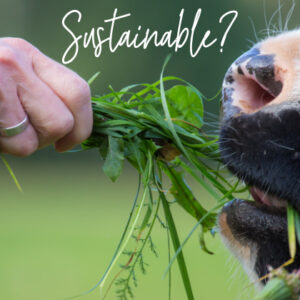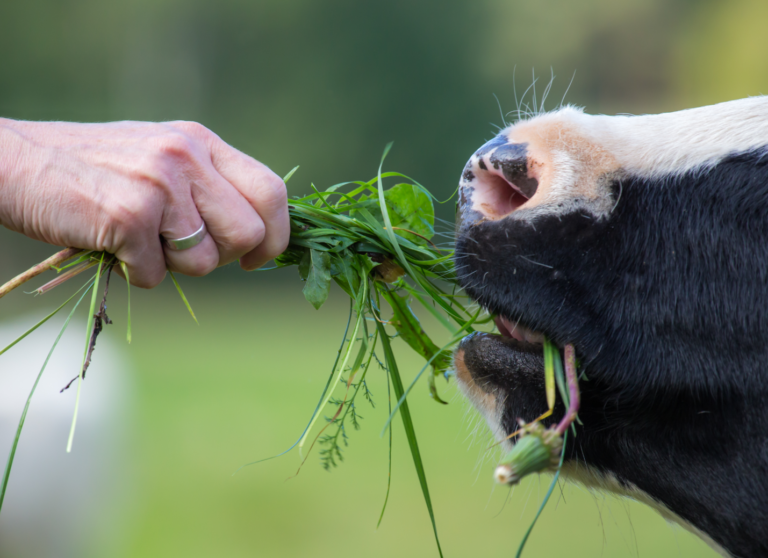
Is pasture-raised beef sustainable? Advocates say it’s, however is that this simply one other advertising and marketing ploy to maintain meat within the sport? Right here’s why I wouldn’t precisely name grass-fed beef eco-friendly.
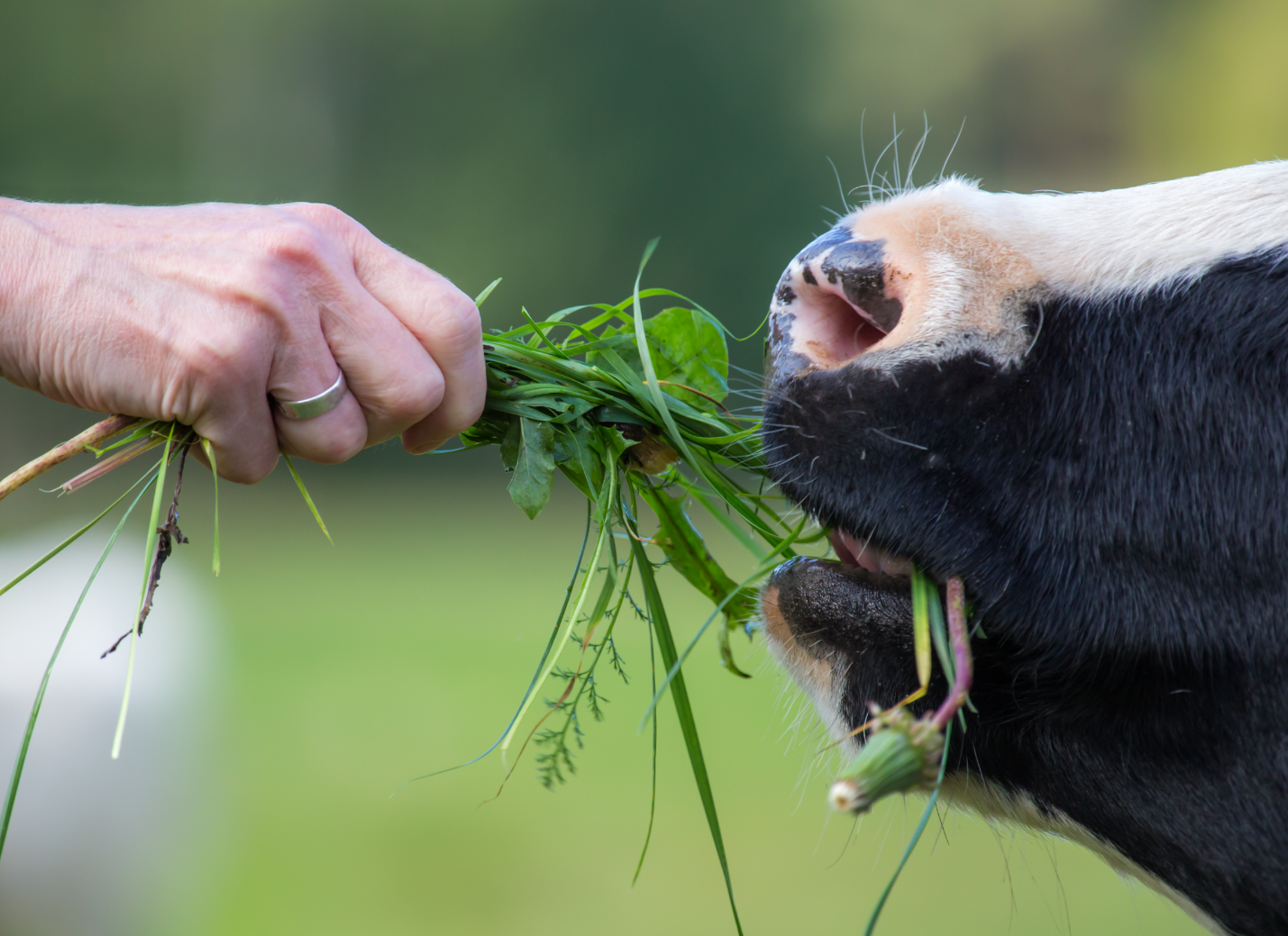
The time period “sustainable” is fairly broad and means various things to completely different individuals.
To me, it suggests {that a} product can meet the wants of the present shopper demand with out compromising the power of future shoppers to satisfy their similar wants. In different phrases, future generations will nonetheless have a planet to stay on and sufficient pure assets to make use of, no matter a product’s environmental footprint in the present day.
It’s no secret that manufacturing facility farm beef is much from eco-friendly (to not point out the moral and health-related points it presents). The FAO estimates that livestock contributes to 18% of whole human-derived greenhouse fuel emmissions and over 50% if we’re simply taking a look at agriculture and forestry. However what about grass-fed or pasture-raised beef? Advocates say that this feature is extra sustainable as a result of grain isn’t being grown and transported for feed, fewer pesticides and antibiotics are getting used, and there’s much less reliance on fossil fuels in comparison with manufacturing facility farm beef.
These are professionals, certain. However in the case of calling grass-fed beef a really “sustainable” meals, I name bull. Right here’s why.
Grass-fed beef versus grain-fed beef
To begin with, what’s the distinction between grass-fed (pasture-raised) and grain-fed (feedlot or factory-farmed) beef?
Feedlot cows initially eat grass on a pasture, till they’re weaned from their mom. They’re then “completed” (that means they achieve weight rapidly in preparation for slaughter) for round 120 days, on a corn or grain weight loss plan. These cows are usually despatched to slaughter once they’re 14-18 months outdated.
Grass-fed cows stay on the pasture for his or her whole lives and are slaughtered at 18-24 months outdated. Notice that there’s a distinction between licensed 100% grass-fed beef, and grass-fed beef that’s been principally pasture-raised, however was both began on or completed with a grain-based weight loss plan to realize weight rapidly.
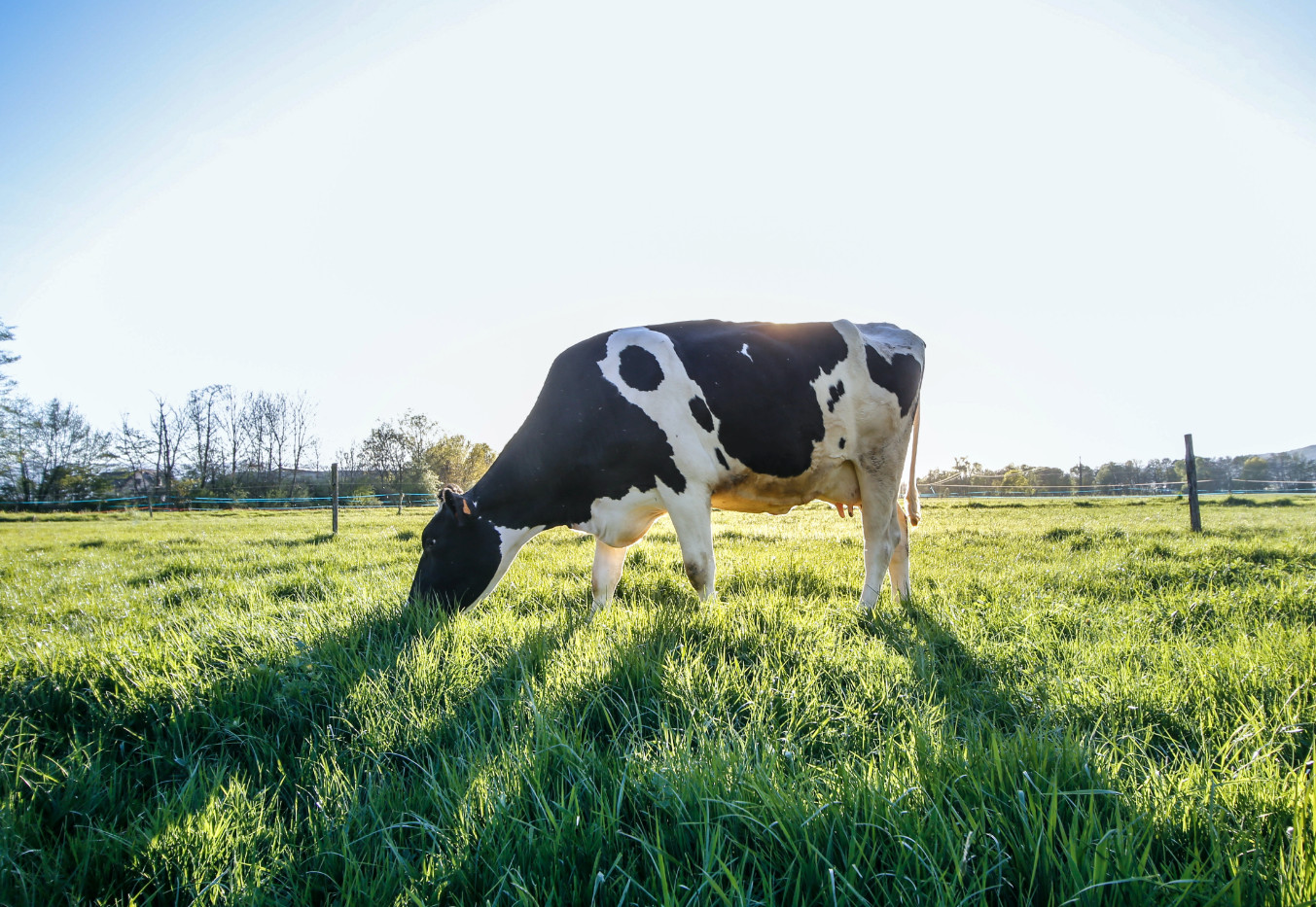
Pasture-raised beef will not be higher for the planet
Listed below are 5 the explanation why even pasture-raised beef isn’t sustainable. Actually, shifting towards a grass-fed mannequin might have worse outcomes for the planet.
1. It nonetheless requires plenty of water assets.
Some sources estimate that 1 pound of beef requires roughly 1,800 gallons of water to provide if you take note of the water wanted to boost the animal, develop the grain to feed them, and so on.
A 100% grass-fed cow takes longer to achieve its slaughter weight than a factory-farmed cow, who’s fattened up rapidly with grain. This additionally signifies that pasture-raised cows will devour extra water as compared, merely due to their longer lifespan.
2. It nonetheless requires much more land.
Manufacturing unit-farmed cattle are packed collectively on feedlots – as much as 100,000 cows on some farms. However regardless that pasture-raised cattle get to keep away from this state of affairs, the best way they’re raised requires much more land to graze on.
Based on the FAO, roughly 26% of the ice-free land on Earth is used for livestock grazing. And grass-fed cows require round 41% extra land than grain-fed cows, in response to a 2015 life cycle evaluation of various beef manufacturing methods.
Extra land for cows means much less land for carbon-sequestering vegetation.
3. It’s nonetheless a risk to biodiversity.
The biodiversity of an space refers back to the variety of species, each plant and animal, inhabiting the atmosphere. When a species is now not present in a area, it’s regionally extinct. When it’s now not discovered wherever, the species is taken into account extinct.
Grazing cows are a risk to native wildlife and carnivores within the space. Sadly, a lot of the planet’s land that could possibly be used to assist protect species and promote biodiversity is allotted to grass-fed beef as a substitute. Native predators, like wolves, are sometimes hunted or relocated so as to defend grass-fed cattle herds.
A 2020 meta-analysis of 109 impartial research examined the consequences of livestock grazing on biodiversity of not simply native vegetation, but additionally animals and bugs. The authors discovered that if you take away livestock from land, the abundance and variety of native species elevated. In addition they concluded that even for those who take away livestock now, there are long-term penalties of poorly managed grazing over the previous century that have to be correctly addressed.
4. It nonetheless contributes huge quantities of greenhouse gases.
Cows are ruminant animals, whether or not pasture-raised or factory-farmed. This implies they’ve 4 stomachs concerned in a posh digestive course of, known as enteric fermentation, that enables them to interrupt down roughage. Cows chew and regurgitate their meals twice earlier than it’s digested by microorganisms of their rumen.
The issue is that enteric fermentation ends in very gassy cows, releasing huge quantities of methane. And whereas cows raised on feedlots eat easy grains that require minimal digestion, pasture-raised cows eat grass, which falls into that class of roughage that requires rumen digestion.
Consequently, some analysis estimates that pasture-raised cows really emit 4 instances extra methane than factory-farmed cows. One examine discovered that grass-fed cows produced 37% extra methane due to their longer life span and decrease weight at slaughter.
Methane is a greenhouse fuel, which accumulates within the ambiance and contributes to local weather change. And whereas we frequently hear in regards to the unfavorable results of carbon dioxide (CO2) emissions from transportation, methane is 25 instances as highly effective as CO2 at heating up the ambiance. (To not point out, cows additionally emit CO2 simply by respiratory).
Plus, whereas methane has a shorter atmospheric lifespan, the billions of gassy cows on the planet aren’t precisely leaving the ambiance with a scarcity.
5. Pasture-raised beef requires extra cows
A 2018 Harvard report revealed within the journal Environmental Letters discovered that if we shifted the world to solely grass-fed beef manufacturing, this is able to require 30% extra cattle simply to maintain up with present shopper calls for for beef.
Plus, this is able to lead to an estimated 43% enhance in cattle methane emissions. To not point out, extra pasture-raised beef equals extra land and water assets wanted to boost them.
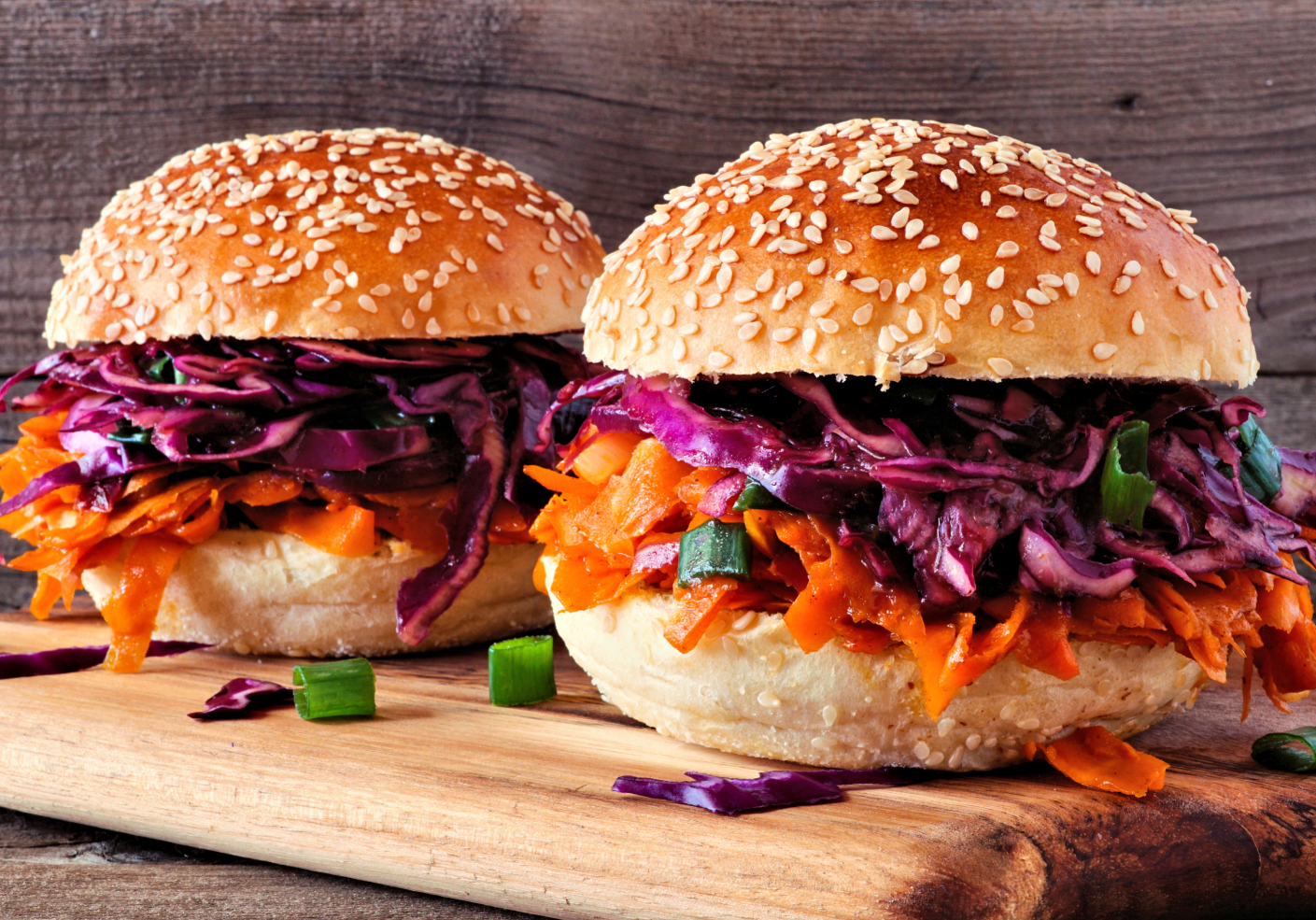
Do this as a substitute
Relatively than consuming typical or grass-fed beef, give extra plant proteins a strive! Examples embrace beans, peas, lentils, nuts, seeds, seitan, tofu, tempeh, and edamame.
Whereas no meals product goes to have zero impact on the atmosphere, plant meals are higher for the planet in that they require considerably fewer assets, and might feed the world extra effectively. To not point out, they’re scrumptious and filled with vitamin.
Listed below are a few of my favourite plant-based recipes that simply exchange a beef or meat-centric meal:
The concept of grass-fed beef could also be interesting for some shoppers seeking to prioritize sustainability. However on the finish of the day, it’s not all it’s cracked as much as be. In comparison with factory-farmed beef, pasture-raised beef has some professionals, however not sufficient to place it on the sustainability pedestal… and will even be worse for the planet. As an alternative, strive substituting extra earth-friendly plant-based proteins rather than beef altogether.
Weigh-in: Have you ever heard every other arguments for or in opposition to grass-fed beef? Share under!
Take a look at these posts for extra truths about meat and plant-based proteins:
– Whitney
IF YOU’RE INSPIRED BY THIS POST MAKE SURE TO SNAP A PIC
AND TAG #WHITSKITCH – I’D LOVE TO SEE!
